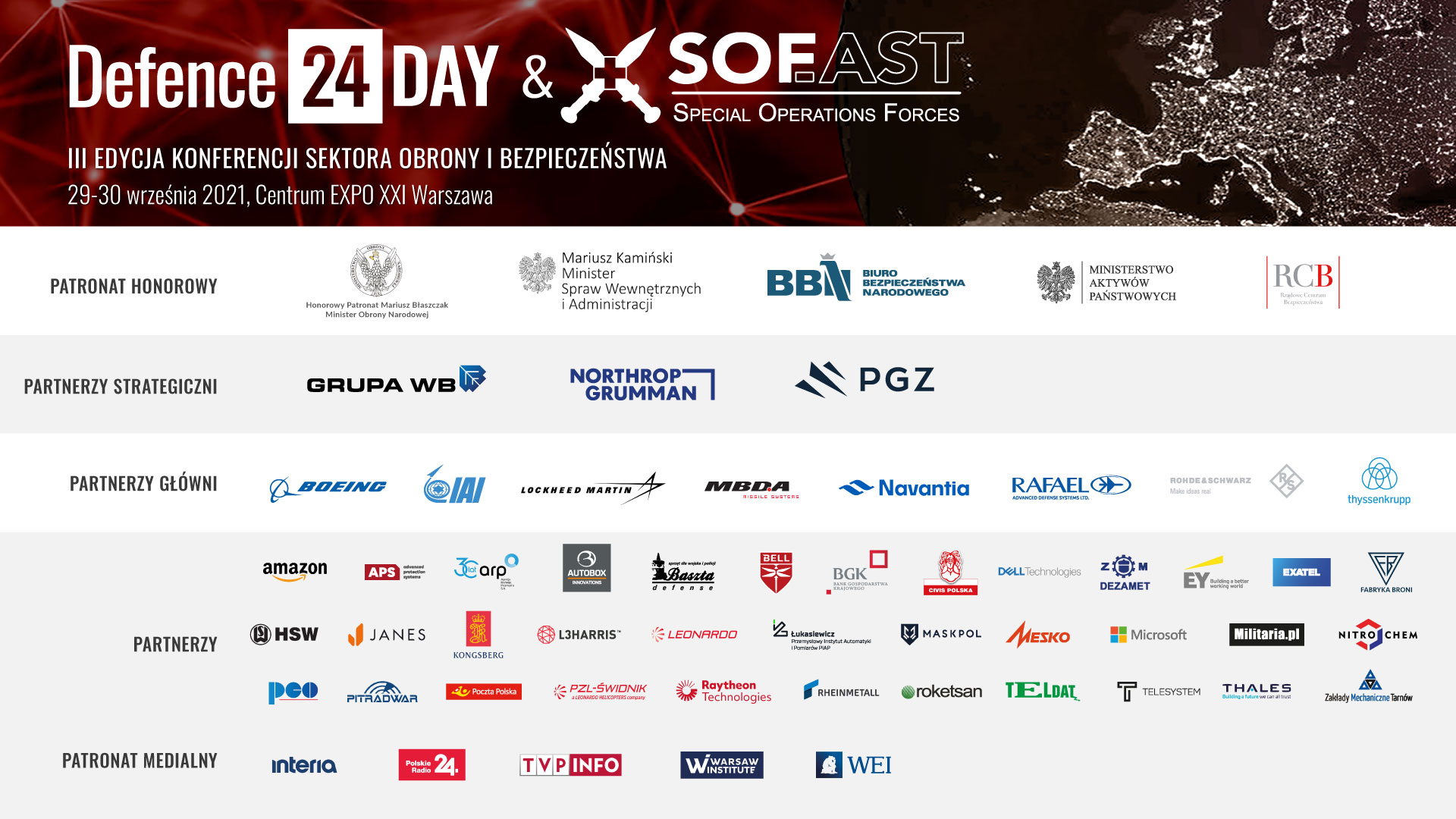Defence24 DAY: “The Air Force should be implemented to match the F-35, not the other way around” [REPORT]
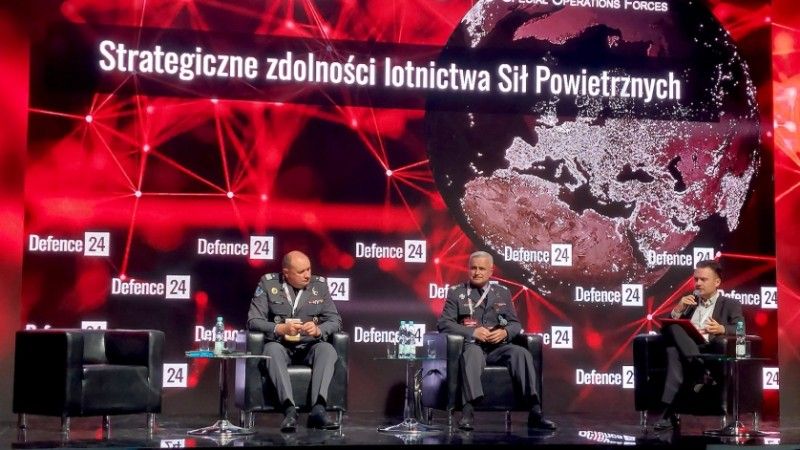
“Strategic capabilities of the aviation assets of the Polish Air Force” were the topic of one of the panels organized during the Defence24 DAY conference this year. It was opened by the Air Force Inspector at the Polish General Command of the Armed Forces, Divisional General, Pilot Jacek Pszczoła. Pszczoła presented the current shape of the Air Force, as well as the prospects for its future development. He placed a major emphasis on the challenges that the Air Force would be facing, when introducing the 5th Generation platform, stating that “The F-35 provides capabilities that would mean that we do not have to implement the platform in the Air Force, we need to implement the Air Force to (meet the requirements of) the platform”. Along with the information on the F-35 procurement, threads tied to tactical UAVs, or plans tied to the Płomykówka reconnaissance platforms, or attack helicopters, or the JASSM-ER missiles were also all covered. The presentation provided a solid foundation for further discussion.
Referring to the prospects of development, Pszczoła stressed that numerous modernisation programmes regarding the aircraft are already underway (TC II upgrade for the PZL-130 Orlik trainers, procurement of another four M346 Bielik trainers - to be delivered by the end of 2022). Deliveries of the JASSM-ER missiles, with a range extended to 500 NM, are to begin next year as well. The planned acquisition of unmanned reconnaissance platforms is another relevant element of the process. In total, the Polish Armed Forces are to acquire more than 470 UAV systems. As tactical, short- and medium endurance UAVs are introduced in the Air Force, the service is to begin to hand off the mini-UAVs to the Army. Three SIGINT/IMINT platforms are also planned to be acquired within the scope of the Płomykówka programme - that is to be resolved during the upcoming years.
Last year, on 31st January, we have signed a procurement agreement for 32 F-35A aircraft that would ultimately replace the Russian-made Su-22 and MiG-29 jets. The introduction of these aircraft would make it possible to conduct DEAD missions more effectively.
Pszczoła also emphasized the significance of the acquisition of the VIP transport assets, along with 5 C-130H airlifters procured from the United States of America. He also mentioned the Drop medium airlifter procurement programme, with a timeline extended to 2035. When it comes to helicopters, the General pointed to the procurement of 4 AW101 helicopter platforms, and 4 modernized W-3 Sokół helicopters. He also mentioned the modernization of the Mi-24 attack helicopter. The decision to extend the lifecycles of the latter (to 5.5 thousand flight hours), depends on the results of the fatigue tests. Should they be successfully concluded, the Polish Hinds would receive new optronic systems, IFF systems, and they would also be integrated with Spike ATGMs. The implementation of the Kruk attack helicopter procurement is scheduled to take place later. Four embarked helicopters for the Navy are to be acquired between 2025 and 2026 - within the framework of the Kondor procurement programme.
After the speech by General Pszczoła, representatives of the industry discussed their proposals for Poland. Chris Gerns, representing Boeing Defense & Space, was discussing the benefits stemming from owning aerial refuelling and AEW and SIGINT/ELINT/command aircraft. KC-46 Pegasus was the aircraft mentioned in the first role. Gerns stressed the fact that not only would a platform as such extend the range of the available assets, as it would also serve as means to extend the time for which that an aircraft can stay in its area of responsibility, or enhance the payload carrying capability - this may be very relevant, with increased mission workload. E-7 Wedgetail was mentioned as a proposal for the Polish Płomykówka programme - it is already operated by Turkey and Australia, while the UK is awaiting deliveries.
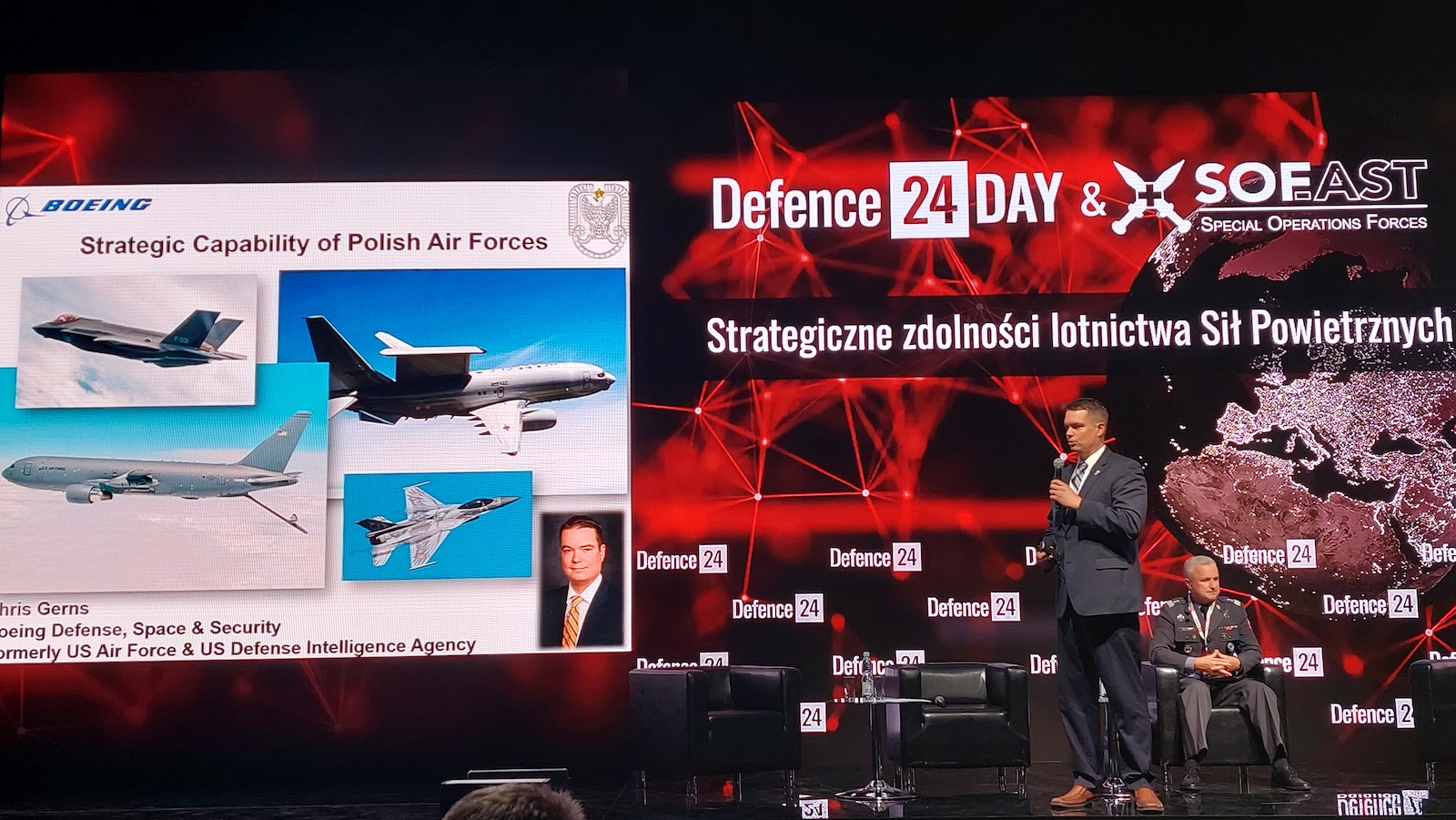
Northrop Grumman's Tony Housh stressed the fact that the IBCS system selected by Poland for the Wisła programme may extend its footprint to the Narew system and beyond. Not only is the IBCS a part of the air/missile defence system, Housh said, as it is also a system for managing the battlefield and the airspace, over the battlefield. It provides the user with a full operational picture, allowing for selection of the best effector - "from the outer space to the ground". This has been proven by the latest FT-06 test of the IBCS (at the White Sands range), during which the system was coupled with different sensors and systems. The systems used included the F-35, the G/ATOR radar, CEC system used by the Navy and coupled with IBCS via the JMTC network.
Jacek Libucha, President at PZL-Świdnik, focused his attention on the matters tied to the development of the helicopter fleet of the Polish Armed Forces, stressing the importance of manoeuvre and tempo of operations in the contemporary battlespace. Libucha also mentioned the MEDEVAC/C-SAR capabilities and their importance in the successful completion of the assigned tasks. He stated that one should not forget about replacement and upgrades of the helicopter fleet, with the role of the domestic suppliers within that scope being quite relevant. Domestic businesses shorten the supply chain and understand the specific requirements of the local user well. Then Libucha proceeded to present the PZL Świdnik/Leonardo Helicopters catalogue, ranging from AW139 multi-role platform (that can be manufactured in Poland, in its entirety) to the latest AW249 helicopter that may be co-produced with Świdnik, should Poland decide to introduce the said platform into service jointly with Italy. The AW101s procured by the Navy were also mentioned, alongside the embarked AW159 platform, or the AW Hero and SW-4 Solo unmanned helicopters.
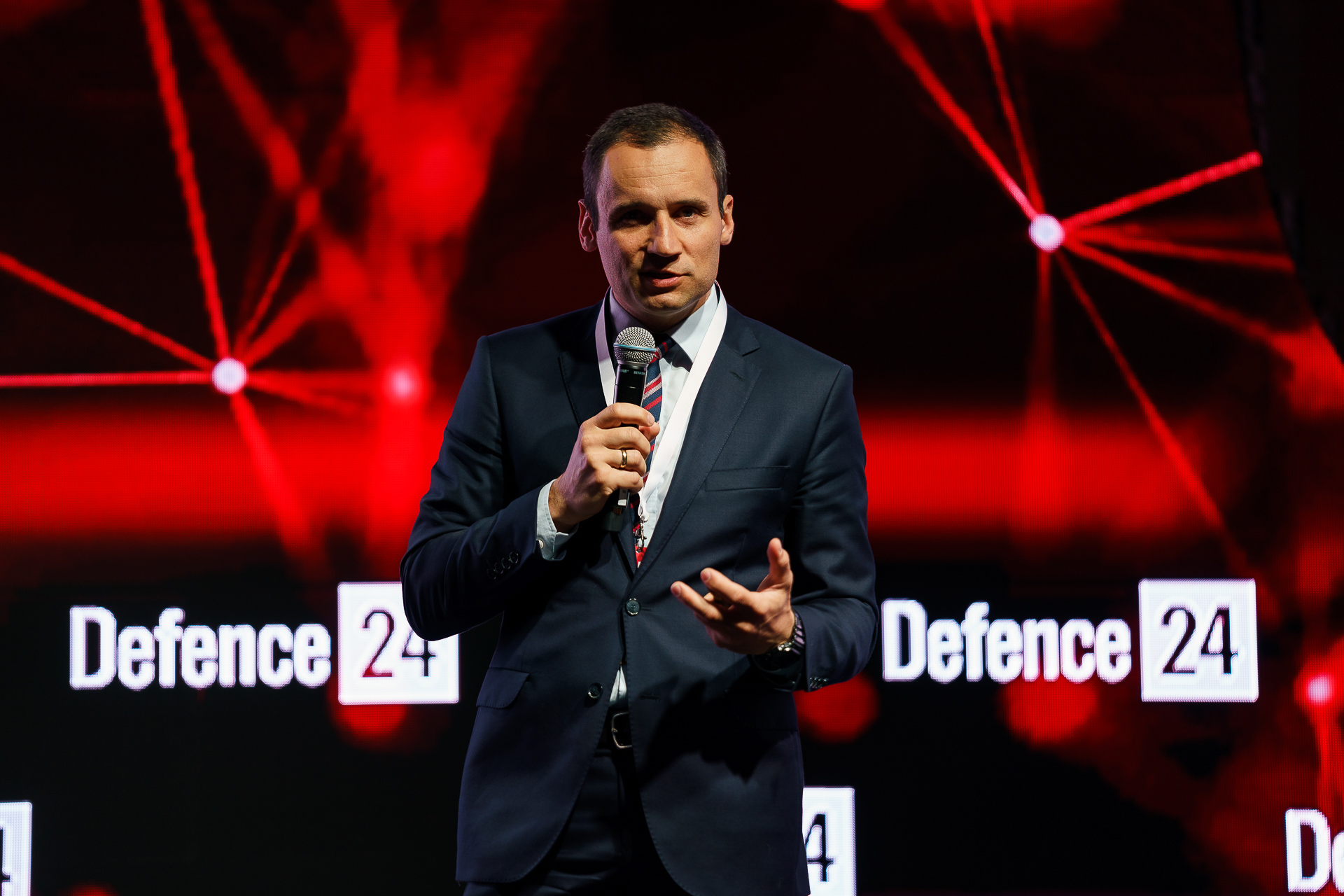
The expansive introduction above was followed by a debate involving the Division General, Pilot Jacek Pszczoła (Air Force Inspector at the General Command of the Armed Forces) and Brig. General Wojciech Pikuła, Commander of the 3rd Airlift Wing. Robert Czulda PhD was moderating the discussion. Czulda was trying to define what the strategic capabilities are, and how these are being developed by the Air Force. Pszczoła stated that it remains of key importance to view the Air Force as one of the elements of the broader system - the Armed Forces as a whole. Thus the Air Force needs to follow the rapid evolution of threats and overall situational context. Acquisition of new capabilities and assets remains one of the elements of this process.
The F-35 platform, the net-centric capabilities. We must prepare a network that would be resilient when facing the enemy activities, but it shall also be functional for us, in the process of transferring the information. But we are following closely what the adversary is doing, how he is developing the air assets, to respond adequately.
The procurement of an aircraft such as the F-35 is a form of deterrence, prevention of war, it is a way of showing the adversary that we are ready. These platforms provide us with a capacity to effectively "sting" the enemy where it would hurt.
When the capabilities were being discussed, the matter of those currently unavailable, yet necessary, was also brought up. Within that context, as stressed by Gen. Pszczoła, the F-35 is a whole new quality - but within the scope of missions that so far have been assigned to Su-22 and MiG-29. Nonetheless, an entirely new set of capabilities is also needed, for instance in the SIGINT/ELINT, or aerial refuelling domains. Currently, Poland relies on allied cooperation within that scope, with the allies sharing capabilities of their own.
However, as Pszczoła stated, solutions that would optimize the use of aerial refuelling, also making that use available more frequently, are needed. "It is a fact that today, we have agreements and memoranda in place, that make it possible to get a tanker in place when we need refuelling. But it is always about some set of priorities. If we had a tanker of our own, the priority would remain with our Air Force", Pszczoła clarified. He also noted that some other requirements have been partially addressed already - such as the matter of air defence and its integration facilitated by the procurement of the IBCS/Patriot solution in the Wisła programme. These need to be integrated with other systems - Narew, or the remaining combat aviation assets - as relevant information exchange needs to take place within that scope. New situational awareness enhancements also come into play - such as radars and other sensors placed on blimps - providing better coverage and enhancing the RF sensing capability overall. The reconnaissance assets as such - especially when it comes to autonomy - were being discussed as one of the necessary priorities. A similar set of statements was made concerning the modernization of the fleet. This process should, however, be aligned with the actual requirements.
We are engaged in a continuous modernization process, and we need to perfect our capacity. Primarily, within the scope of modernizing the aircraft. Our Hercules aircraft are decades old, and they would still be used for decades to come. But they cannot remain the same, all the time.
The existing fleet needs to be upgraded in parallel to planning and procuring new aircraft types, tailored to the new missions. Sometimes, the above refers to specialist platforms. However, they usually are quicker, more effective and cheaper in missions assigned to them, as opposed to the legacy designs.
General Pikuła also referred to aerial refuelling, looking at the matter in a manner different than the one adopted by General Pszczoła. He stated that common capabilities within the scope of refuelling and long-range strategic airlift, shared with the allies, would be adequate - as it happens, for instance, in the case of the NATO Multinational MRTT Fleet. Pikuła said that cost-effectiveness should be considered here, with attention paid to whether paying for refuelling autonomy would provide us with benefits that the Polish military aviation would be able to use fully. Both Air Force representatives agreed on the relevance of the aerial refuelling capability - they said that it is necessary to take action to address the aforesaid needs.
One shall recall that Poland was one of the first nations to get involved in the MMF project that was to result in the establishment of a joint Airbus A330 MRTT unit. Warsaw resigned from that initiative in 2016, to pursue the Karkonosze tanker procurement programme of its own. However, the initiative has not been listed among the modernization undertakings that would be prioritized during the upcoming decade.
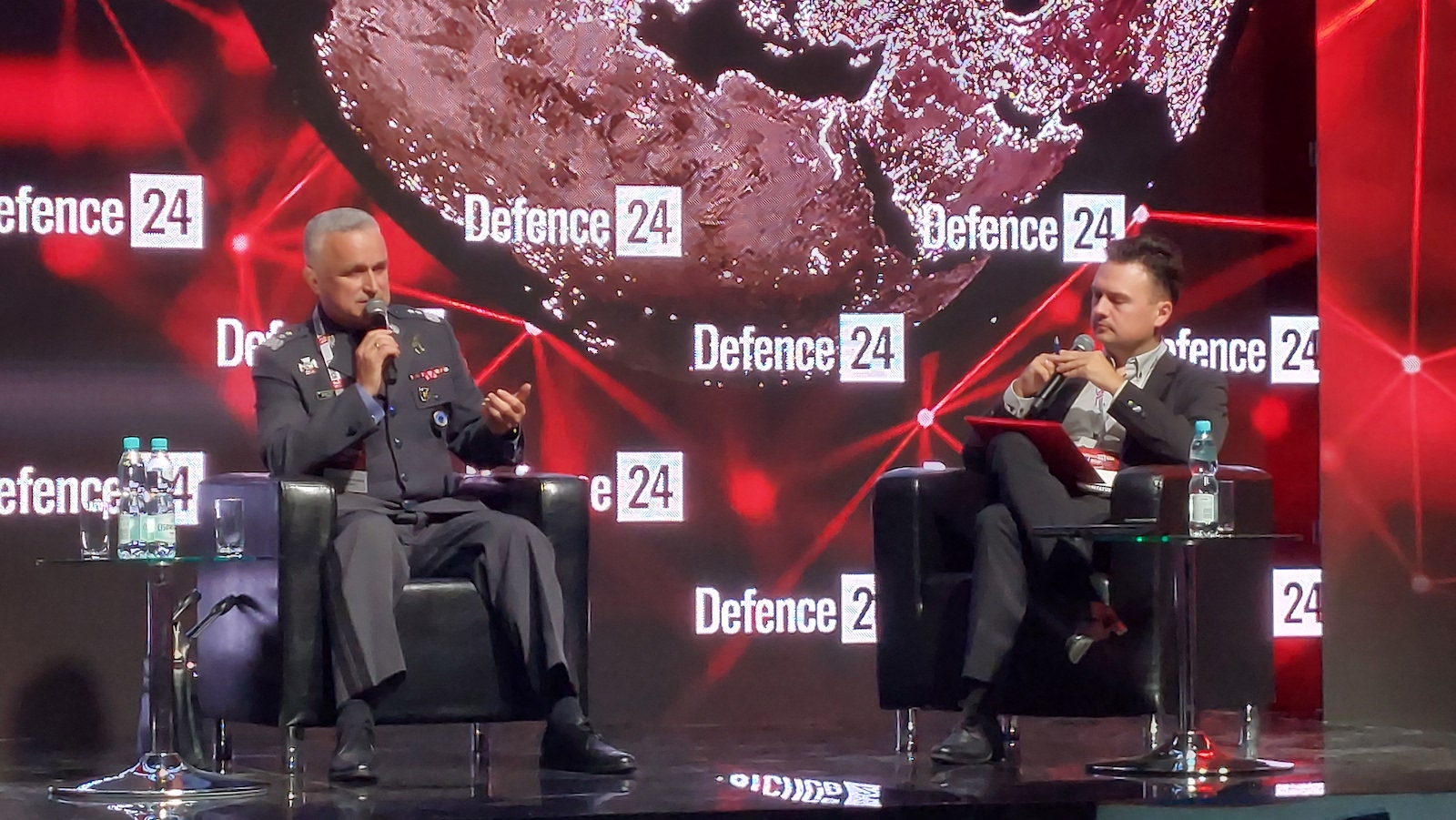
The topic of the F-35 MRCA was brought up multiple times, alongside the issues of aerial refuelling and the Płomykówka platform. Jacek Pszczoła provided some interesting answers on the matter.
We have visited several nations operating the F-35, and we are trying to learn from them. As the commander of the Israeli Air Force said, the platform provides capabilities that force us to implement the air force to the platform, not the platform in the air force. This is a set of challenges that is scary to me at times - as the F-35 is not a dedicated air force asset. It is destined to serve the Polish Armed Forces as a whole. We are trying to use that thought to inspire the Leading Polish Soldier - the Chief of the General Staff, General Andrzejczak.
Pszczoła emphasized numerous challenges that step beyond the technology and reach the legal matters domain. For instance, when it comes to cyber- and physical security of the F-35, and the potential problems that could emerge in the areas of the supply chain or training activities. The logistics revolve around an American system that is forced upon all of the users, and that is being managed by the US authorities. The lack of a two-seater variant and training system based around simulators is a challenge when it comes to pilot training. It would require major legislative changes, to allow the pilot who trained on M346, and then on the F-35 sim, to easily transition to the F-35A. Extending the training at the Air Force Academy (involving the M346), to make them able to transition to the F-35 immediately, once the system is in place, is one of the options. Should it be adopted, the pilots would learn combat-flying on the M346. The key issue here is to teach the pilots to manage the entirely different nature, of the 5th generation jets.
The F-16 platform, forming the backbone of the Polish Air Force, was also mentioned. General Pszczoła stressed the fact that the Air Force Inspectorate, working jointly with the 2nd Tactical Aviation Wing, is currently analyzing the options for an upgrade of the F-16C/D Block 52+ jets fleet. The aircraft has been in service for 15 years now, and time has come to consider an MLU programme for them, to tailor them to use the evolving technologies and meet the battlespace requirements.
We are thinking about a scenario in which the scope of the upgrade does not extend to all of Lockheed Martin's offer, but it would cover the most necessary things. So that the F-16 and the F-35 can work more closely, and more effectively, on the modern battlefield. We have begun our internal works, and I do hope that we will be able to present our requirements within that scope to the Armament Inspectorate. This refers only to the most necessary things - we are not greedy. Replacement of the radar with a phased array sensor is the first thought (AESA). It is not about spending a lot of money, it is about getting a new level of quality for the F-16.
Another important matter, relevant to experts, revolves around the use of UCAVs/reconnaissance UAVs. Both generals see the unmanned platforms as the future - in a role that would be complementary to the combat aviation capabilities. The development is necessary, but the calque of Nagorno Karabakh or Syria is not the way to go. The adversary has major capabilities at hand, to neutralize, and interrupt/jam the unmanned assets. Thus, the number of those systems in the Polish Air Force would be growing. However, the growth would be aligned with the planned operations and the specific nature of the operational theatre.
